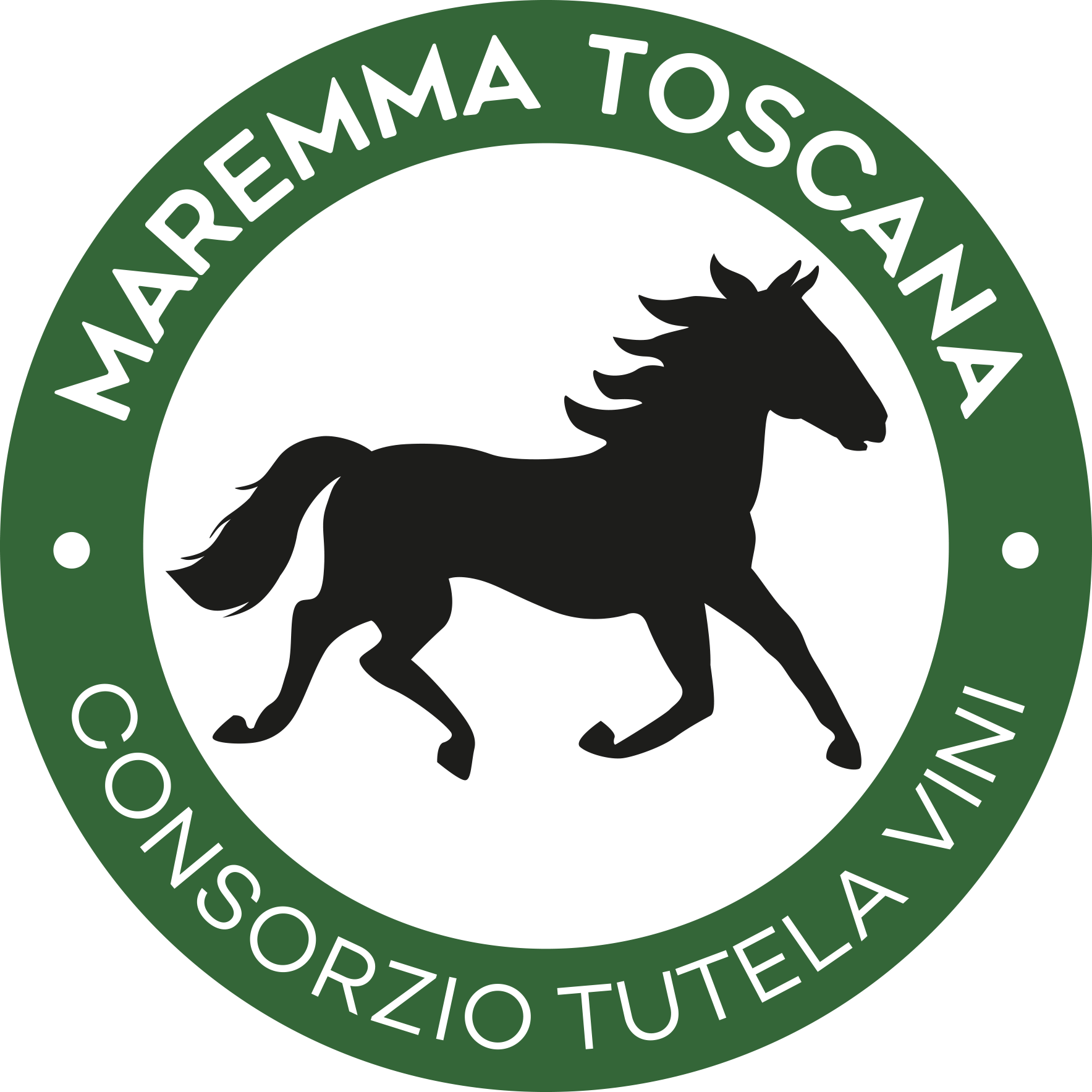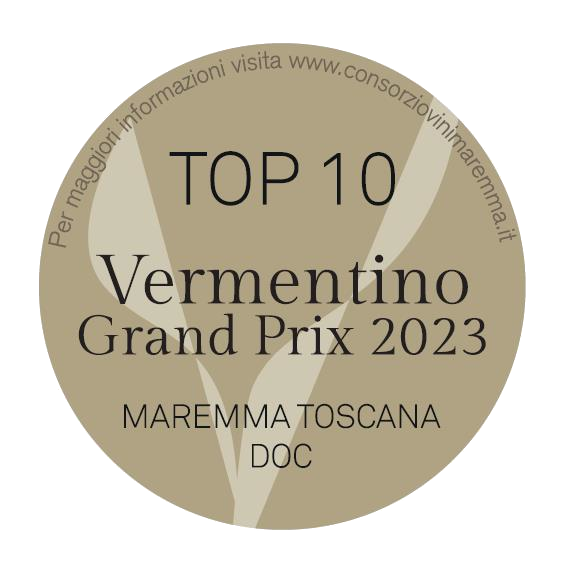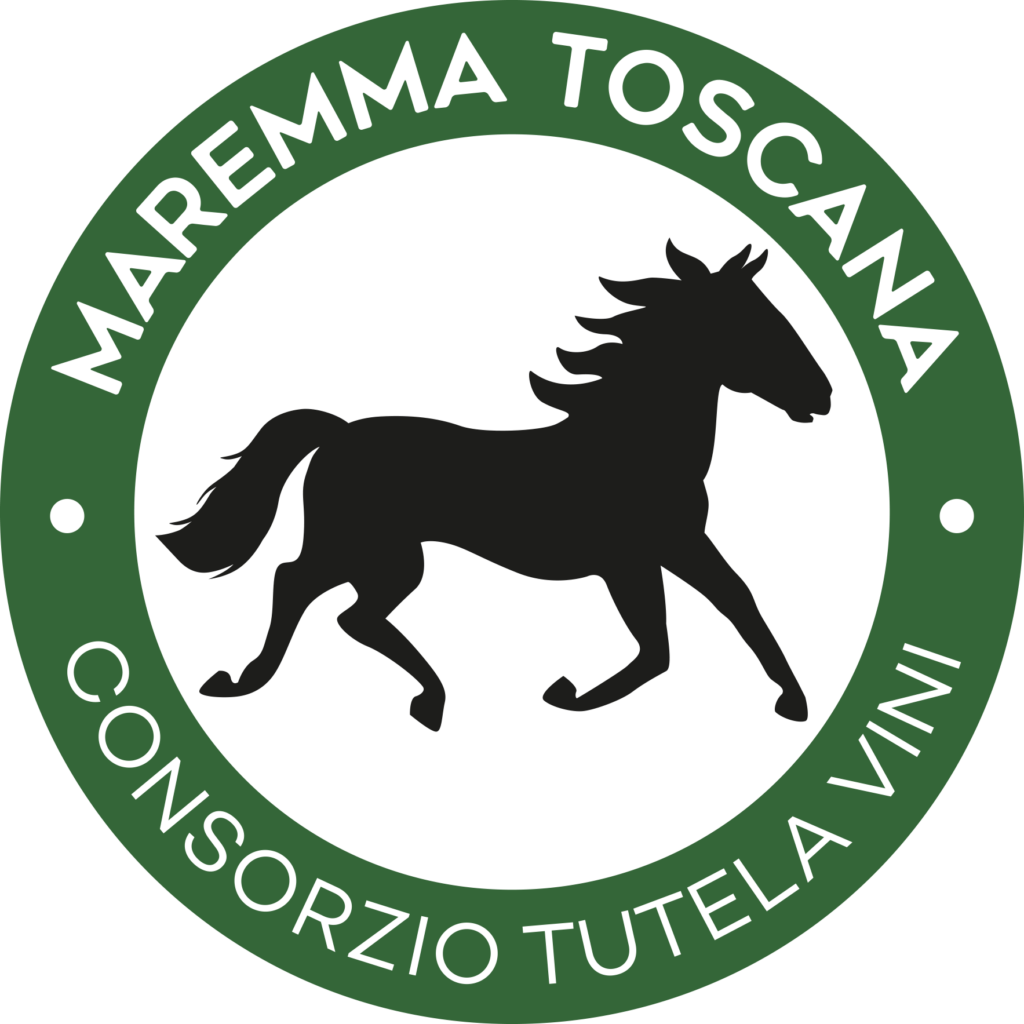Ansonica
It is a vine cultivated for centuries in Maremma, particularly in the coastal areas, on the Argentario Promontory and on the Giglio Island. In the province of Grosseto there are just under 115 hectares (20% of the vineyard is over 50 years old), located above all in the municipalities of Capalbio, Orbetello, Manciano, Monte Argentario and Isola del Giglio, where it has reached almost 7 hectares after running the risk of disappearing. However, the Ansonica, on this island – where it is known as “Ansonaca” or “Ansonaco” – according to Labra, would correspond to the Greek variety Rhoditis, as also confirmed by the results of studies conducted with genetic-molecular methods, which have precisely ascertained a certain genetic closeness of Ansonica with some Greek varieties such as Sideritis and Rhoditis.
It boasts many synonyms, among which the best known is Insolia or Inzolia with which it is known in Sicily; other known synonyms are Ansora, Anzonica, Ansolica, ‘Nzolia, Zolia bianca.
The Ansonica, according to some hypotheses, could have a French origin, due to the term “ansoria” (from the French word “sorie”, that is, tawny, gold-colored), linked to the Norman presence in Sicily and in the eastern Mediterranean. Some believe that its origin is Middle Eastern, agreeing, however, on the difficult demonstration of this hypothesis. Certainly, however, already in ancient times, its landing in Sicily and its subsequent spread in southern Italy, in Sardinia, on the island of Elba and in the southern coast of Tuscany, in Maremma.
It is a vine with a medium-early ripening period, of great vigor and productivity, which demonstrates good adaptability to the different hot-arid environments of central-southern Italy, and adapts to very arid soils, giving excellent results even in acidic and poor soils. of organic matter.
The wines are straw yellow in color with greenish reflections, sometimes even golden yellow, fragrant, with notes of fresh fruit and slight herbaceous hints, with a warm and harmonious flavor, slightly acidic, with a medium-high alcohol content.
Ansonica wines lend themselves to combinations with fish dishes, shellfish and crustaceans, panzanella, seafood risotto, rice soup.
The Ansonica and Maremma Toscana DOC grape variety
Maremma Toscana DOC “Bianco” and “Bianco Riserva” (presence in the maximum limit of 40% as complementary white grape)
Maremma Toscana DOC “Bianco Spumante” (presence in the maximum limit of 40% as a complementary white grape)
Maremma Toscana DOC “Passito Bianco” (presence in the maximum limit of 40% as a complementary white grape)
Maremma Toscana DOC “Vendemmia Tardiva Bianco” (presence in the maximum limit of 40% as a complementary white grape)
Maremma Toscana DOC “Vin Santo” (presence in the maximum limit of 60% as a complementary white grape)
Maremma Toscana DOC “Ansonica” (presence for at least 85%)
Maremma Toscana DOC “Ansonica Spumante” (presence for at least 85%)
Maremma Toscana DOC “Ansonica Passito” (presence for at least 85%)
Maremma Toscana DOC “Ansonica Vendemmia Tardiva” (presence for at least 85%)
Maremma Toscana DOC Bivarietale: Ansonica associated with another white grape variety (presence between 15% and 85%)


